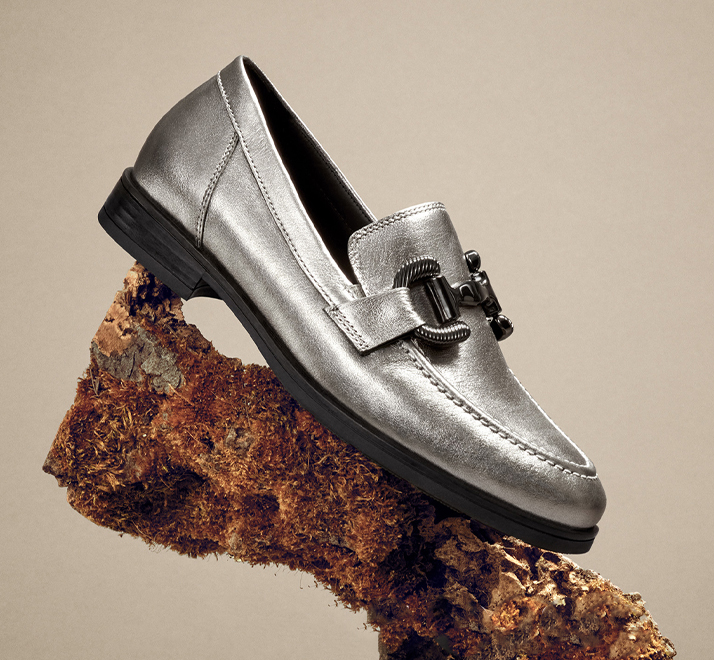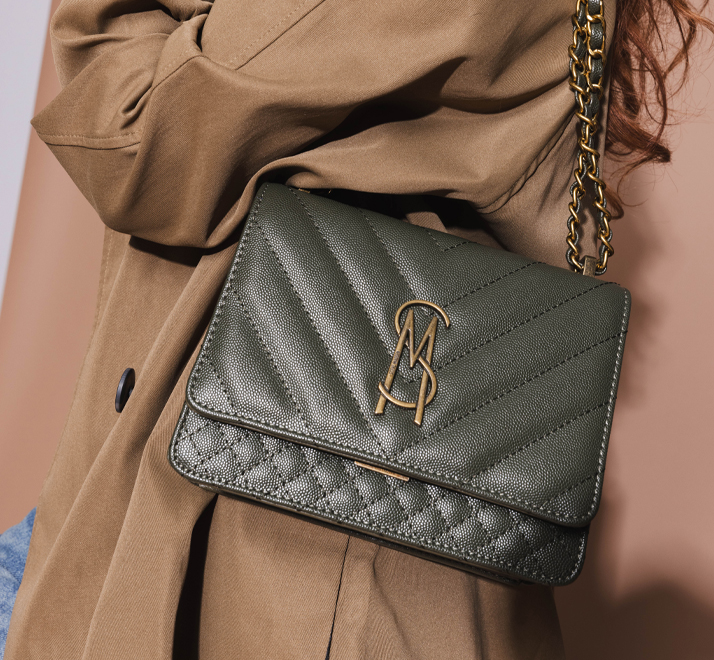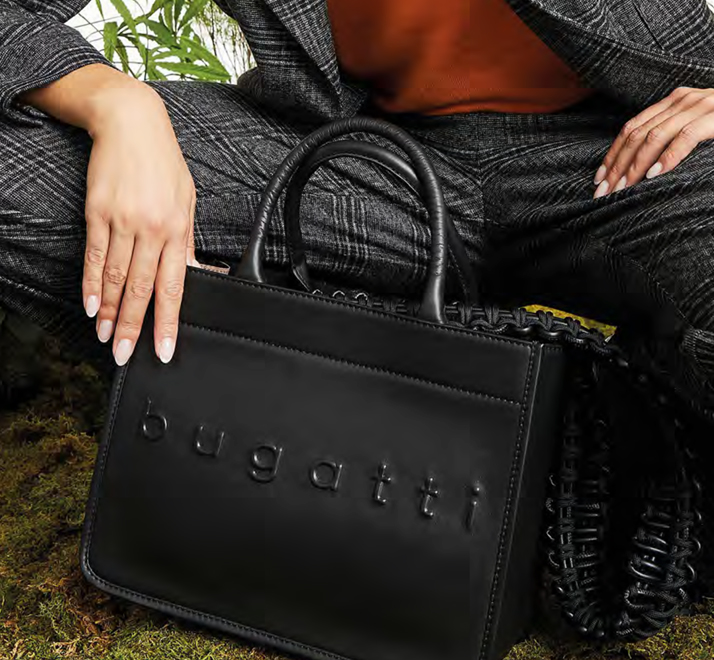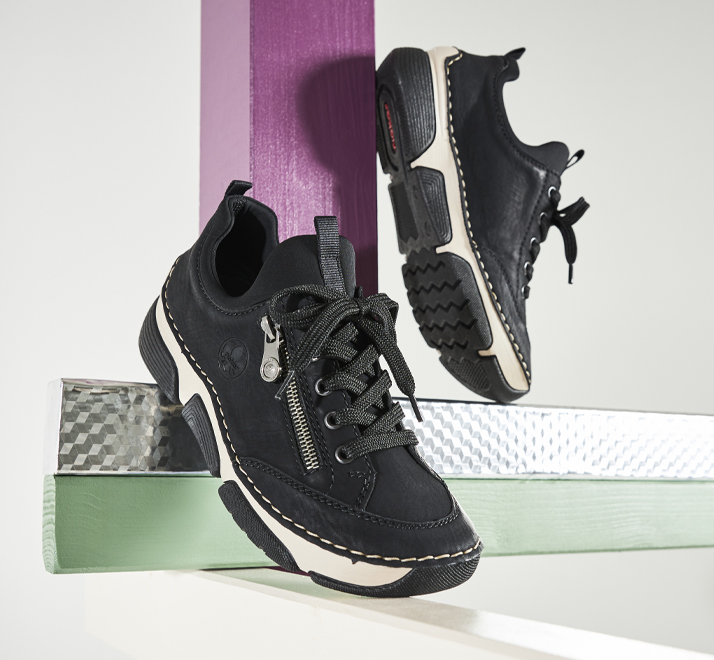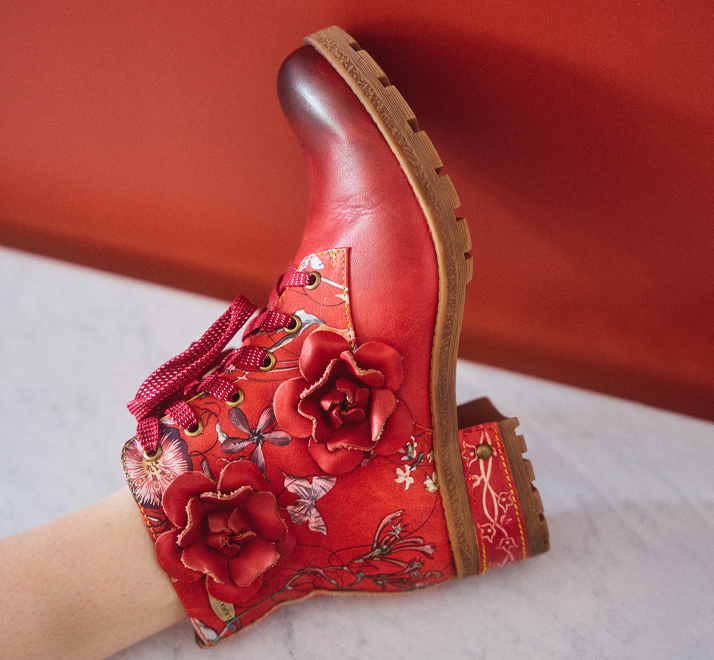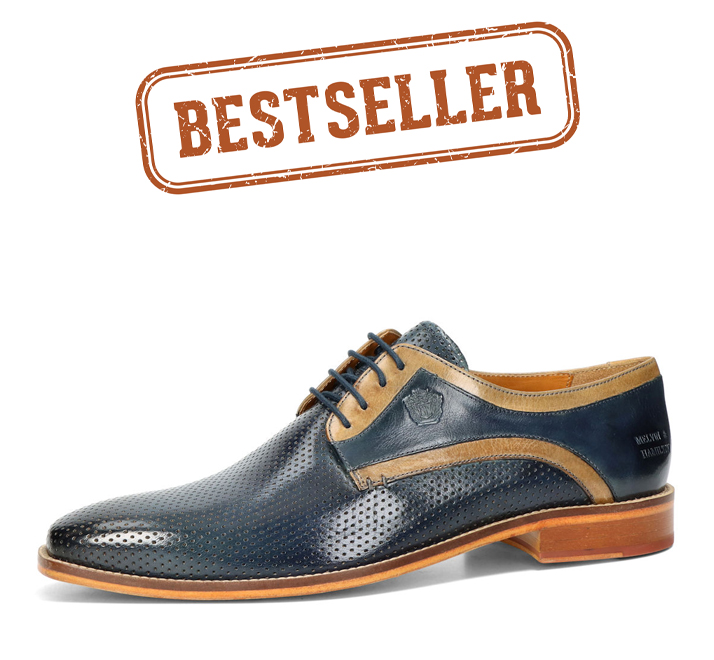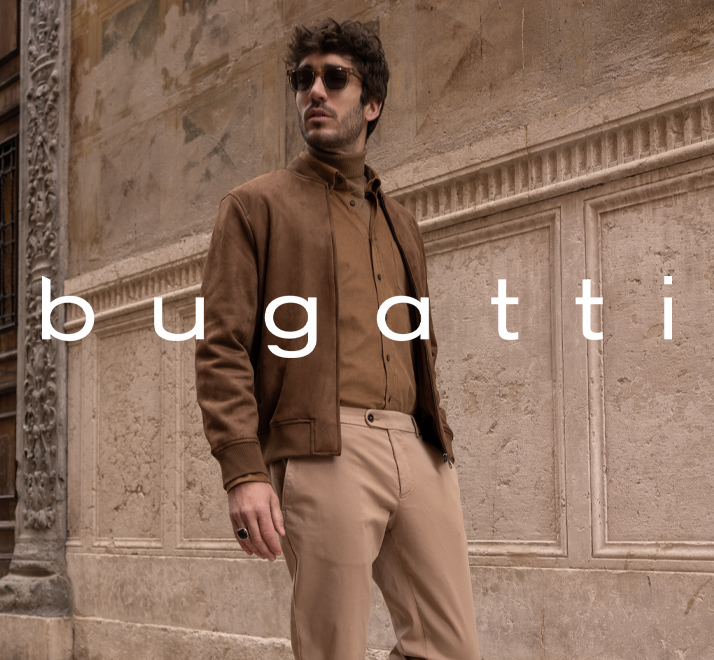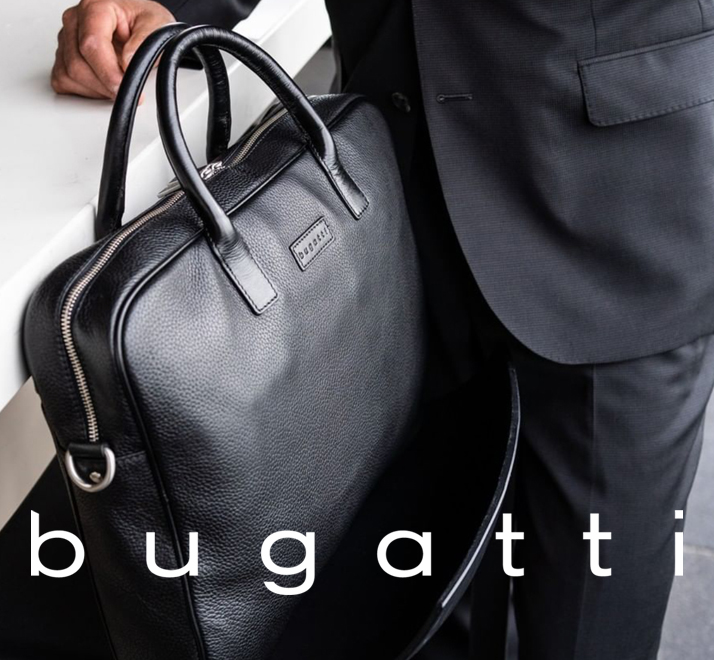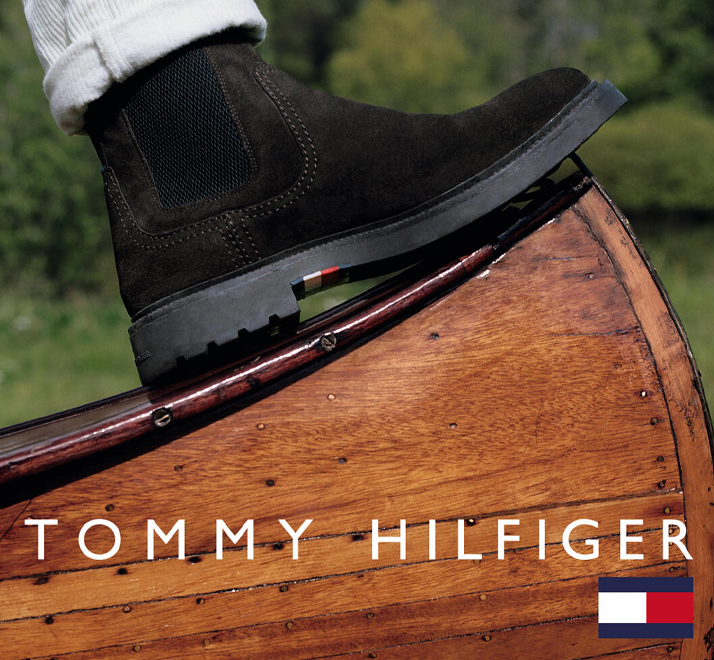Cork shoes are a phenomenon
Not only because it is summer, but mainly because it is summer, the question is: Do you have cork slippers on your feet? Or did you just take off your cork sole sandals? Have you already tried a cork insole in sneakers? Cork insoles and outsoles dominate especially in summer shoes (if we omit, for example, year-round Birkenstock slippers). So today we decided to take a closer look at cork as a material in the footwear industry.
How did the phenomenon of cork shoes originate? Although we have no proof for this, some sources claim that the cork was used by the ancient Greeks or Romans for the soles of their sandals. At present, shoe manufacturers are reaching for it because it has incredibly positive properties - for the shoes themselves as well as for the environment.

Cork comes from cork oaks, namely Quercus suber, which occur in the Mediterranean, the Pyrenees and North Africa. This oak belongs to the evergreen trees, so it retains its green leaves throughout the year. It originates somewhere in the Tertiary. Today, about 60 percent of the world's cork forests are in Portugal and Spain, and these two countries are responsible for 80 percent of actual world cork production. And although cork has been inextricably linked to bottle stoppers since the 17th century, it certainly has more talents to be shown.
What are the benefits of your shoes with cork? Why is this material becoming more and more popular?
Cork can absorb shocks
And that's fantastic with shoes! The high elasticity of the cork reduces the stress on the joints and offers low transmission of shocks to your knees, ankles and calves. Cork and its ability to absorb shocks can keep the heel and foot in the orthopedically correct position. Walking in cork shoes is beneficial not only for the feet but also for the whole body.
Cork adjusts to the foot
As soon as you start wearing your cork shoes, your feet will start to heat up the material. This ability, with the help of body weight, will cause the insole, to take on the shape of your foot. You will simply get maximum comfort over time! Interestingly, this ability of cork improves over time. The older your shoes are, the more flexible and comfortable they are! However, in order not to be afraid of some "disintegration", it should be added that despite its flexibility, the cork as such remains strong, for example, compared to synthetics or rubber. Even when worn for a long time, it maintains the correct support of the arch of the foot and the alignment of the foot.
Cork has antibacterial properties
Cork is essentially an antibacterial product, so it can also deal with possible foot odor. It can prevent it and also prevents the formation of mold. In order for your cork shoes to show up, they should be left to rest and dry for at least the next day after taking them off. They will smell like new again.
Cork is "eco", sustainable and degradable
Did you know that cork is incredibly sustainable? When it is harvested, no trees are cut down, but bark is collected, which matures in the case of cork oak about every 9-13 years. The first harvest is made 25 years after planting. The material is collected from the trees between May and August, when the bark can be easily separated from the tree itself without damaging the lower layer of phelogen below it. Cork products are then easily recyclable.
The fact that cork oak bark is harvested is not even a handicap for the environment. After the bark peels off, a new one begins to grow and the tree sucks up to five times more carbon from the atmosphere. This promotes photosynthesis, which is needed for new growth.

Cork shoes are not just a fashion trend
It is for all this that cork in a shoe is more than just a fashion trend. Footwear manufacturers as well as consumers like it for its elasticity, impermeability, low density and insulating properties. Cork insoles are simply perfect!
If you have ever seen the real (or in the video) construction of the shoe, you know that material layers are formed between the sole and the upper and there is a so-called midsole. If it is leather, it is natural and maximally durable, but on the other hand it can also be stiff and load the shoe. Synthetic foam midsoles reduce the weight of the shoe and provide cushioning, but are not particularly durable. Such a cork has both in it - it is natural, durable and at the same time light! And this is exactly the shoemakers win!
The adaptable cork insole is great for formal shoes and boots. The production of all-cork insoles for shoes goes well, e.g. mentioned brand Birkenstock, it is enough to add other material to the cork before "baking", e.g. latex and the product is excellently usable.
Cork only got into other types of shoes - such as sneakers - relatively recently, when Nike, Adidas, Puma and Vans started using it.
But let's go back to the summer time: they are the cork slippers and sandals that are the darlings of the audience thanks to the mentioned properties. It shouldn't be any different this year. If you choose sandals with a real cork sole, not just an imitation, you get two in one: cork shoes that will be not only beautiful but also functional.




